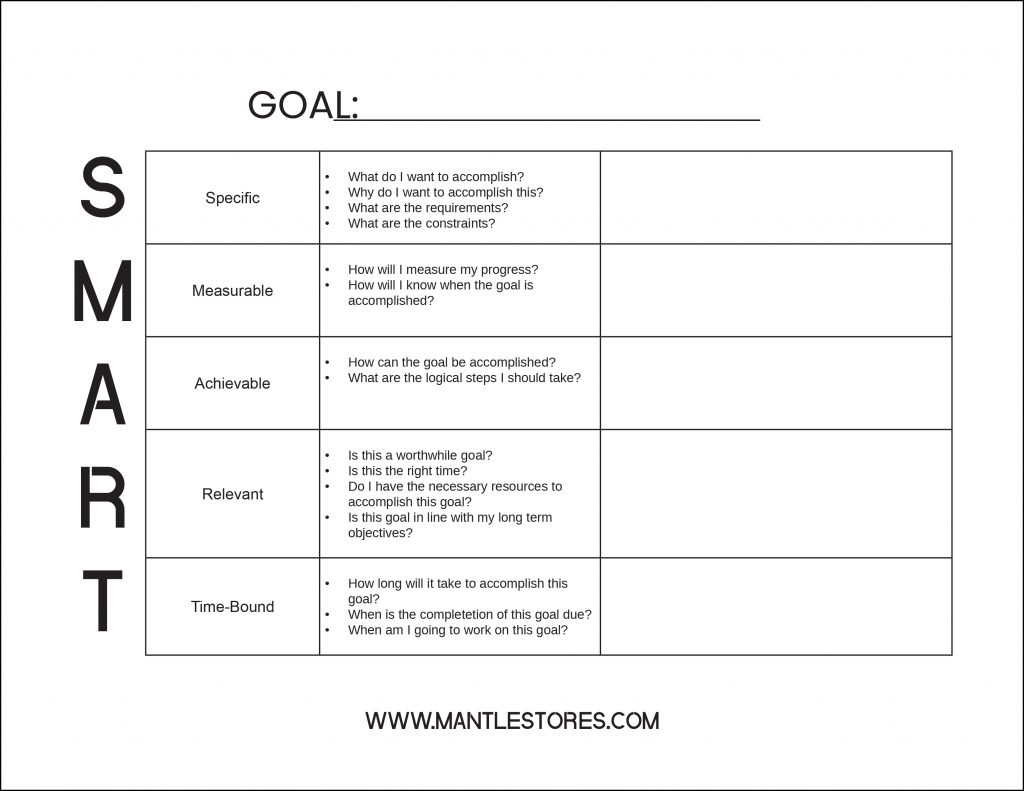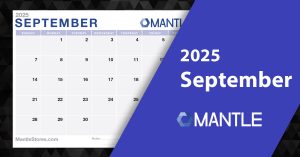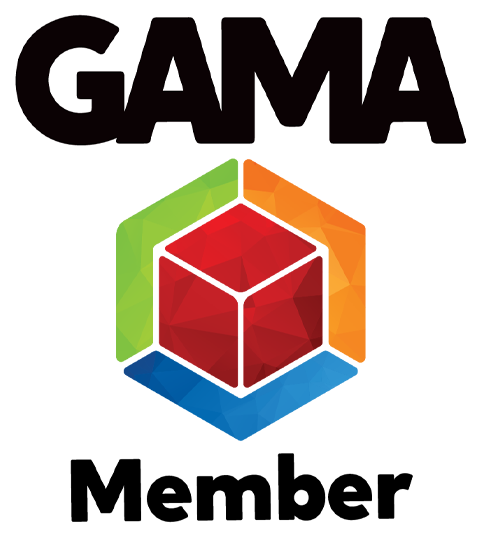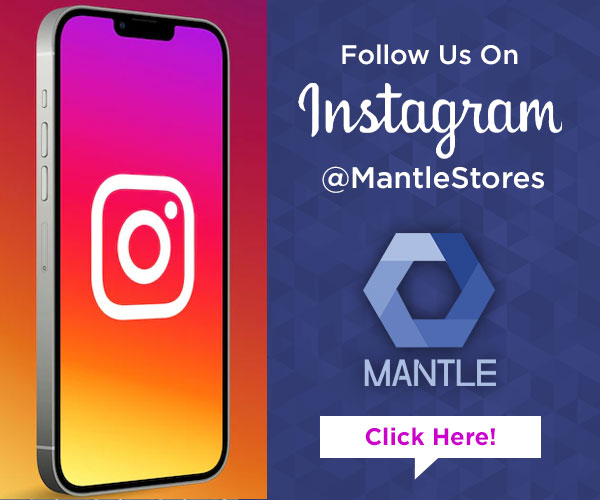Introduction:
For a business to level up in today’s competitive market, setting clear actionable goals is not just beneficial; it’s crucial. Like a well-designed game, your business’s success hinges on strategy and foresight, and that’s where SMART goals come into play. These Specific, Measurable, Achievable, Relevant, and Time-bound objectives are the power-ups that can propel your business to new heights. Let’s delve into how each facet of the SMART framework can be expertly applied to set your business’ growth on a winning streak.

Specificity: Your Strategic Starting Point
Clarity is the first piece of the puzzle. Knowing exactly what you want to achieve ensures that every action taken is meaningful and directed. Goals that are specific provide a clear outline of what is to be accomplished, eliminating guesswork and directing focus. Knowing what you want is the first step in getting a direction of how to get there.
Deep Dive Example: Quarterly Goal: “Increase customer attendance at weekly board game nights by 15% to bolster community engagement and drive an associated sales increase of 10% in board games.”
Benefit: A clear, specific target like this unifies the staff and marketing strategies, ensuring that every initiative is geared towards enhancing the event’s appeal and drawing in the crowd. By being specific, you can move on to the next step, Measurability.
Measurability: Keeping Score of Success
Measurable goals offer a quantifiable benchmark for success. As your specific goal aims to increase attendance and sales, establishing measurable indicators is crucial to track progress and adjust strategies in real time. Being able to track and measure the success or failure of your current goal is vital to making changes to your strategy.
Deep Dive Example: Yearly Goal: “Following our quarterly goal, extend the 10% sales increase to a 20% increase in board game sales annually by leveraging the growing community and introducing loyalty incentives for repeat customers.”
Benefit: This measurable expansion on the quarterly goal provides a clear metric for success and helps in evaluating the effectiveness of your customer retention strategies throughout the year. By measuring your goals and being realistic, you can find that a larger yearly goal can be achievable by looking at smaller goals throughout the year.
Achievability: Setting the Bar for Realistic Victories
Achievable goals are the sweet spot between ambition and realism. They push your store to grow without setting targets that are unattainable given your current resources and market conditions. Being realistic with expectations while giving you and your team a challenge. Looking for an increase in sales of 10% within a quarter is possible, while looking for an increase of 100% may be too high for expectations. Goals that aren’t achievable end up negatively affecting your staff morale. Aim high but achievable for your team.
Deep Dive Example: 5-Year Goal: “Using the momentum from our yearly goal, develop and solidify an online sales platform that will contribute an additional 30% to our total sales, capitalizing on the brand loyalty and community we have nurtured through our in-store events.” As a 5–year goal, a 30% increase is attainable and realistic, as a 1-year plan looking for a 5% to 10% increase is also attainable and realistic. Having a measurable and achievable goal will help keep the focus and morale of your staff.
Benefit: This long-term goal is ambitious yet achievable, as it builds upon the established customer base and leverages it to expand sales channels.
Relevance: Aligning Goals with Your Store’s Quest
Goals must align with the overall mission and vision of your store. They should feel like natural steps forward, resonating with your business’s identity and the values of your customer community. The goal should also align with your overall business strategy. Having a plan to be sustainable while increasing sales is likely in alignment with your vision and mission statement. Building a sky bridge across the state to a second location may not be as relevant unless you are in engineering or construction.
Deep Dive Example: Quarterly Goal: “Complement the initial attendance boost by incorporating monthly themed tournaments that cater to our community’s preferences, aiming to further increase event-related sales and engagement.”
Benefit: This relevant objective ties directly back to your store’s focus on community-building and ensures that every initiative contributes meaningfully to enhancing the customer experience and store identity. Keeping your goal relevant will also keep your team on task. A relevant goal will easily also be specific, measurable, and achievable.
Time-Bound: The Race Against the Clock
Time-bound goals create a sense of urgency and allow for timely evaluation and adjustment. They keep your business on track and moving forward at a consistent pace. Setting a time limit or specific date to achieve your goal helps set a time frame for measuring throughout the entire process.
Deep Dive Example: Yearly Goal: “By the end of the year, having built a robust event calendar and enhanced our in-store experience, launch the loyalty program intended to keep retention rates high and turn new customers into regulars.”
Benefit: This deadline-driven goal supports the earlier objectives, aiming to solidify the gains made from increased event attendance and sales, ensuring long-term customer engagement and brand loyalty.
Conclusion: Playing to Win with SMART Goals
Setting and achieving SMART goals is a game of strategic advancement, with each move inspired by the last and setting up the next. For your business, this means each goal is a stepping stone to greater success, building upon the achievements of the last. From enhancing event attendance to boosting sales to expanding into the online market—all while fostering a loyal community—your SMART goals pave a path of continuous growth and accomplishment all while including your team with your vision. With this strategic framework, your business isn’t just participating in the market; it’s playing to win, with every move carefully calculated to secure your position as a leader in the game store industry.









